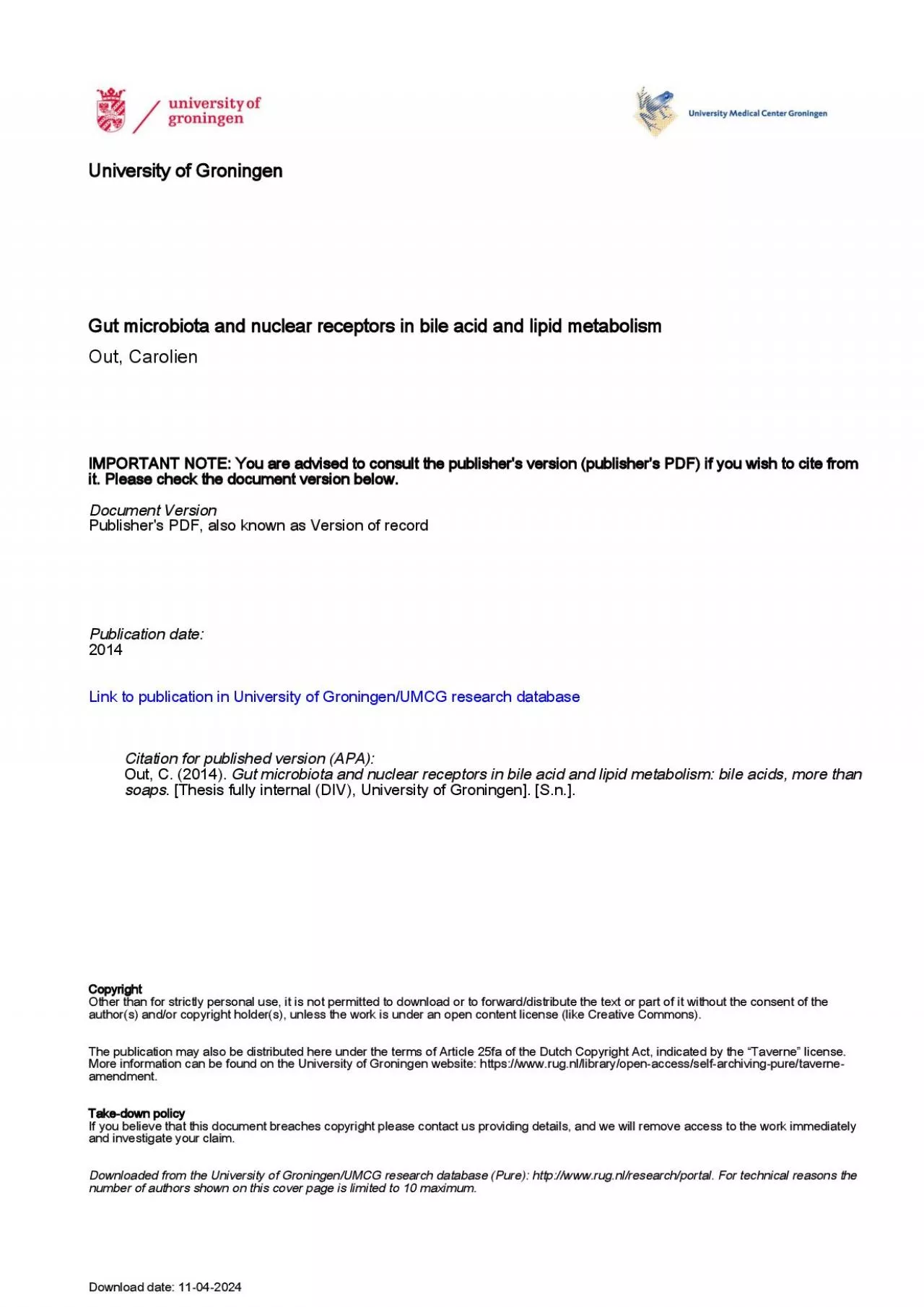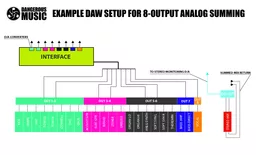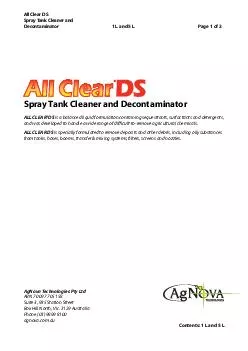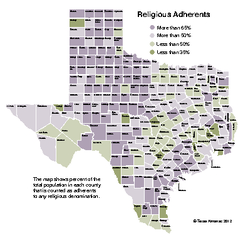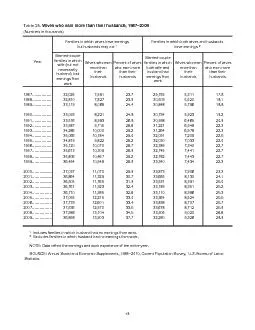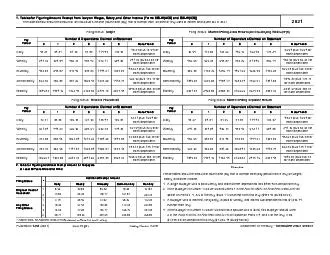PDF-Chapter2Bile acid sequestrants more than simple resinsCarolien Out
Author : deena | Published Date : 2022-08-16
Chapter ABSTPurpose of review Bile acid sequestrants BAS have been used for more than 50 years in the treatment of hypercholesterolemia The last decade bile acids
Presentation Embed Code
Download Presentation
Download Presentation The PPT/PDF document "Chapter2Bile acid sequestrants more than..." is the property of its rightful owner. Permission is granted to download and print the materials on this website for personal, non-commercial use only, and to display it on your personal computer provided you do not modify the materials and that you retain all copyright notices contained in the materials. By downloading content from our website, you accept the terms of this agreement.
Chapter2Bile acid sequestrants more than simple resinsCarolien Out: Transcript
Download Rules Of Document
"Chapter2Bile acid sequestrants more than simple resinsCarolien Out"The content belongs to its owner. You may download and print it for personal use, without modification, and keep all copyright notices. By downloading, you agree to these terms.
Related Documents

